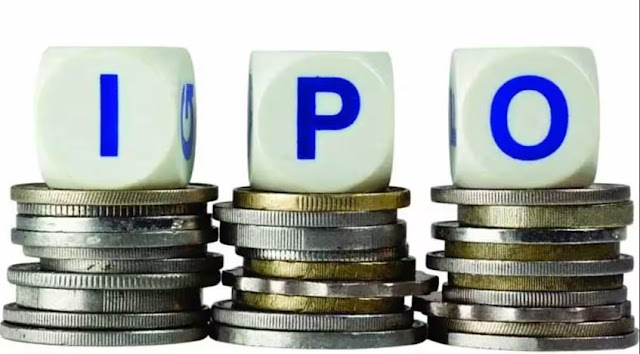Approach to Claim your Unclaimed Dividends and Unclaimed Shares

With the rise of online trading and mobile technology, it’s easier than ever to set up an investment account online. If you have bought mutual funds or stocks in India, chances are that your investment has grown faster than you have had the time to claim your dividends and share certificates. You’re not alone – there are billions of rupees just sitting out there in investor accounts, just waiting to be claimed by their rightful owners! That’s where the process of claiming your unclaimed dividends and shares in India comes in, with government bodies like the Investor Education and Protection Fund of India taking care of this process on your behalf. Here’s everything you need to know about claiming your unclaimed dividends and shares in India. Know about IEPF IEPF is an autonomous body that was set up as a trust by the Indian government under the auspices of the Ministry of corporate affairs or SEBI. IEPF has been established for the protection of i...




